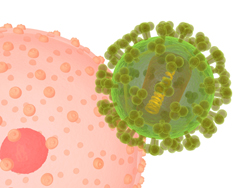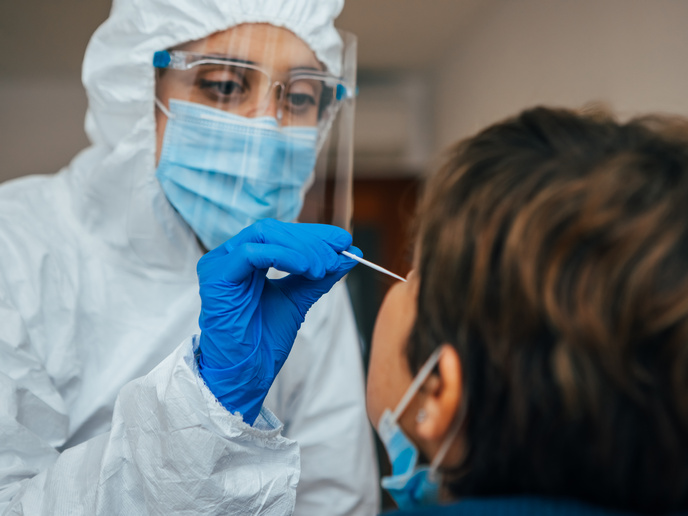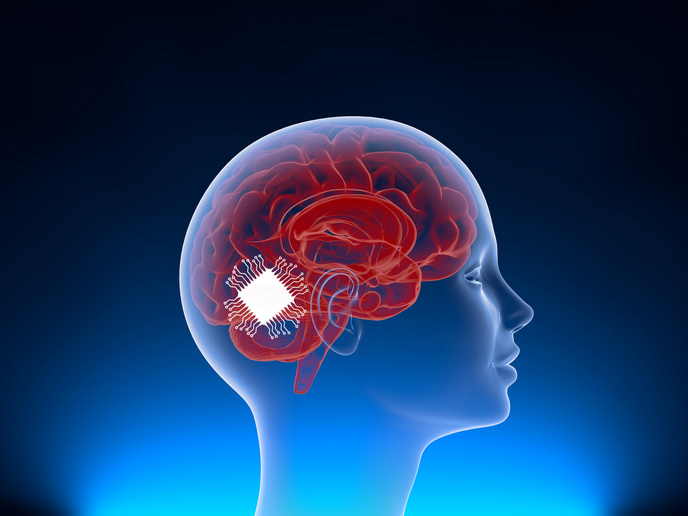Scientists to target HIV's cellular helpers
Anti-HIV drug cocktails have severe side-effects and are still very expensive in poor African countries where treatment is crucial. These anti-retrovirals target HIV's own proteins and, if HIV replication is not supressed completely, it becomes resistant to the drugs. Once inside a human cell, HIV hijacks the cell's machinery to make copies of itself. The EU has invested in the THINC project, a collaboration that is developing drugs targeting the interaction between HIV and the cell's machinery, rather than HIV itself. THINC is composed of virologists (one from South Africa), medicinal chemists, a structural biologist and a pharmaceutical company. The research team set out to find proteins, or cofactors, within the human cell used by HIV to get into the cell nucleus and integrate into the cell's DNA. They found two proteins that help HIV into the nucleus, PC2 (a codename) and Transportin-SR2, and these will be investigated as drug targets. The team also developed LEDGINs, a first-in-class inhibitor against a protein called integrase-LEDGF/p75 that helps HIV integrate with human DNA. LEDGINs are active against a broad spectrum of HIV variants and have been licenced for further clinical development. The researchers also found a correlation between the genetic variability of these cofactors and the susceptibility of African populations. Another breakthrough was new technology to visualise how HIV integrates into the cell. Scientists can now watch HIV journey to the nucleus with the help of a green fluorescent tag. The THINC project showed that combining academic drug discovery with public money can be very successful and could even result in financial return through out-licensing to European industry. These potential findings of new HIV inhibitors are a huge step forward in the treatment of the disease, especially for poorer nations. In addition, many of the technologies developed during the research process could be extended to other fields like leukaemia and neurodegeneration.







